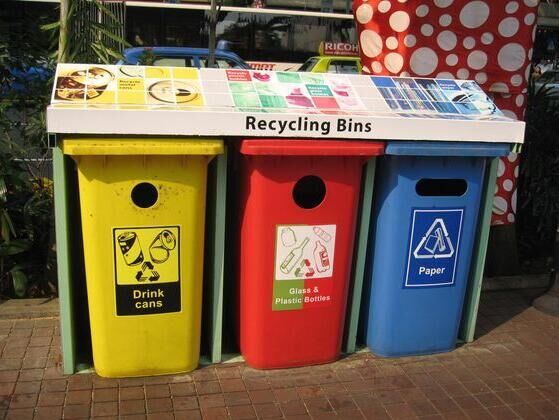The Sustainable Solution: The Deep Dive into Recycling Disposable Cutlery
Jan 19 , 2024
Disposable cutlery, typically made of plastic, presents a significant environmental challenge due to its non-biodegradable nature. As the world grapples with the mounting waste crisis, it becomes crucial to explore sustainable solutions. Recycling is often suggested as a potential remedy, but how effective is it in addressing the issue of disposable cutlery waste? In this article, we will take a deeper look at the process of recycling disposable cutlery and discuss its potential benefits and limitations.
The Recycling Process:
The first step in recycling disposable cutlery involves collection and segregation. Consumers and businesses should separate the used cutlery from other waste materials, ensuring it is clean and free from food residue. Once collected, the cutlery undergoes sorting at recycling facilities, where it is classified based on the type of material: plastic, bioplastic, or compostable materials.
Plastic Cutlery Recycling:
Plastic cutlery, commonly made of polypropylene (PP), poses challenges in the recycling process. Due to its low recycling value and the mix of various plastic types in the waste stream, the recycling of plastic cutlery is often limited. However, specialized facilities equipped with advanced sorting technology can separate and process plastic cutlery for recycling. The recycled plastic can be used for manufacturing new products, reducing the need for virgin plastic production.

Bioplastic and Compostable Cutlery Recycling:
Bioplastic and compostable cutlery, made from renewable resources such as cornstarch or sugarcane pulp, are often perceived as more eco-friendly alternatives. However, their recycling can be complex. Bioplastic cutlery, derived from plant-based materials, requires specific industrial compost facilities for proper decomposition. Compostable cutlery made of materials like PLA (polylactic acid) may also require specialized facilities. If not disposed of correctly, bioplastic and compostable cutlery can contaminate recycling streams and hinder the recycling process.
Limitations and Challenges:
Despite efforts to recycle disposable cutlery, several challenges persist. Inadequate infrastructure, limited consumer awareness, and the lack of standardized recycling practices hinder broader recycling efforts. Contamination from food residue, combined materials, and low recycling market value further complicate the process. Additionally, the energy and resources required for the recycling process itself should be considered when evaluating its overall sustainability.
Conclusion:
Recycling disposable cutlery can offer a partial solution to mitigating its environmental impact. However, it is crucial to address the challenges associated with recycling, including contamination, infrastructure, and consumer education. Promoting reduction and encouraging the use of durable, reusable alternatives remain critical in combating the disposable cutlery waste issue. By adopting a comprehensive approach that combines recycling, waste reduction, and sustainable alternatives, we can work towards a more environmentally conscious future.
